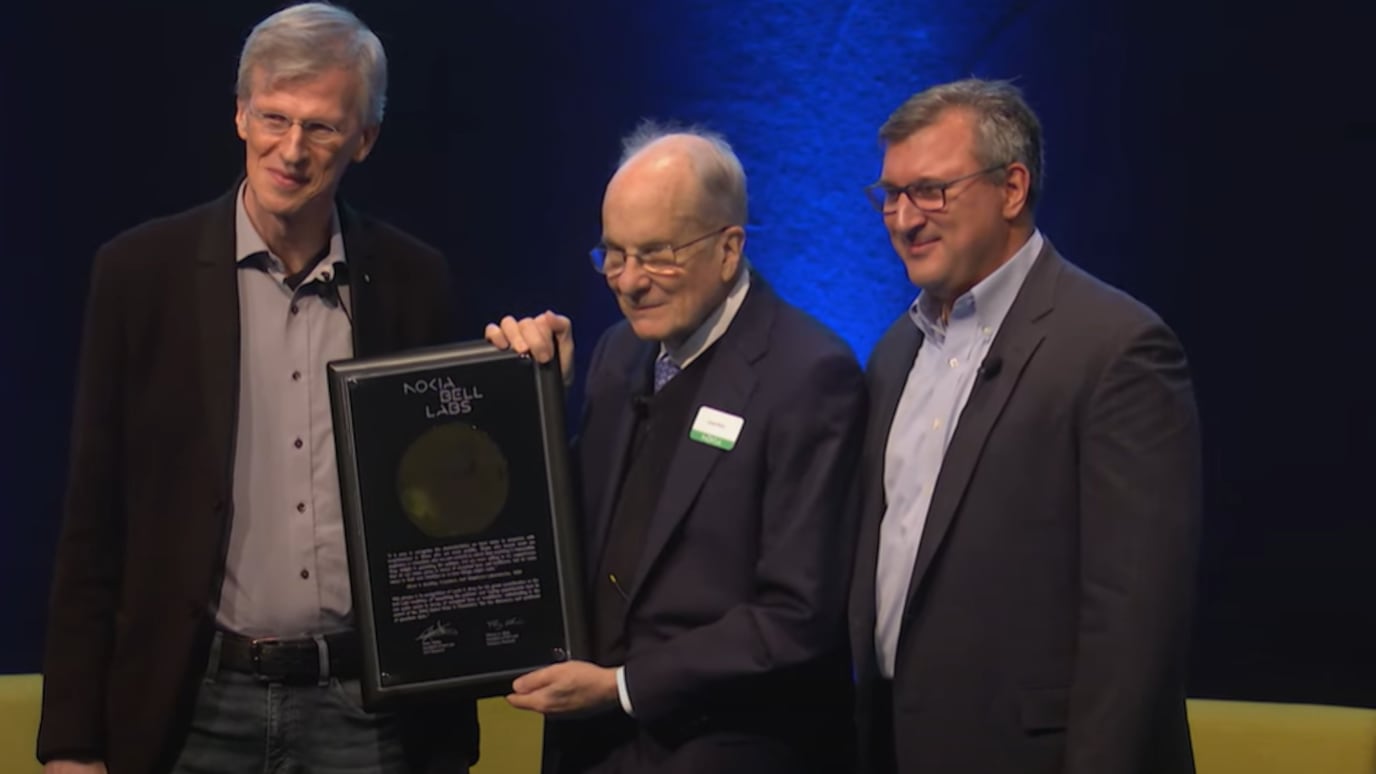CI/CD: Continuous Integration, Continuous Delivery
Make updates unnoticeable with DelOps CI/CD for telco.

In the 5G world, communication service providers (CSP) are accelerating the launch of new innovative services in ever-increasing numbers. For their networks to keep pace with service innovation, traditional waterfall upgrade processes with frequent manual interventions are insufficient. Faster time-to-market requirements demand the adoption of DelOps (delivery and operations) and CI/CD (continuous integration, continuous delivery). Together, they speed up the rollout of new services while reducing the risk to highly complex telecom operational networks.
What is DelOps?
DelOps is Nokia’s unique approach to realizing benefits of DevOps-style, iterative software development and delivery specific to the telecommunications environment.
What is CI/CD?
CI/CD is the technologic enabler of DelOps. Enhanced by continuous testing (CT), CI/CD ensures that pre-tested software changes of all types can be quickly and safely deployed in production, or delivered into the hands of users, in a continuous, automated and sustainable way.
What is NCD?
Nokia Continuous Delivery (NCD) supported by CI/CD services delivers the benefits of DelOps CI/CD with a modular solution. It is able to adapt to a variety of customer and third-party CI/CD pipelines with enhanced test automation capabilities.

Telecom operational environments are multifaceted and unique to each operator. Each CSP has a different mix of legacy systems, proprietary software, and multi-vendor hardware platforms and interfaces. Widely used in more uniform, less complex IT and webscale networks, DevOps needs to be adapted to deliver software in telco multiple domain environments where third-party software and hybrid cloud environments are typical.
Realizing the benefits of DevOps-style, iterative software development in the telecommunications environment calls for a different many-to-many delivery and operations process that Nokia refers to as DelOps (delivery and operations). Like DevOps, DelOps uses agile processes to reduce time to market for new products and features, but it uses a different integration process for each environment or platform, with design, deploy, test and operate phases.
One of the drivers for adopting software-driven networks with cloud-native cores is enabling CSPs to roll out services faster, while minimizing operational risk. Improving reliability and efficiency, while managing the complexity of frequent micro-services changes in a telecom network, would be a close to impossible task without automating the software lifecycle, which we refer to as CI/CD.
CI/CD requires an evolution in thinking. The uniqueness and complexity of CSP networks call for closer cooperation between vendor and operator than ever before. Flexibility and openness are required on both sides to adjust strategy, processes and organizations to allow CI/CD to realize its promised benefits.
It encompasses the software development steps of plan, develop (or code), build and test phases of software development, which taken together represent the CI (continuous integration) phase.
Software delivery, network and service planning and design, and the deploy, integrate and test stages constitute the CD (continuous delivery) phase. The CI and CD stages are interlinked and closely follow each other as they move into the operations stage. Regardless of vendor, key common tools in a CI/CD pipeline include a software repository, a lifecycle management and orchestration tool, and a test manager.
One of the most critical yet time-consuming phases of software development and deployment is testing. Following product testing, which is executed at the software development stage, validation and acceptance testing is performed prior to software deployment to the customer’s live network. This is the stage when the software is finally tested in the CSP’s pre-production environment.
Traditionally, testing was performed manually needing a longer period of time to execute often risking human errors. Automating testing is key to delivering the time-to-market and reliability benefits of CI/CD. At Nokia, we distinguish four distinct validation test cases: lifecycle management validation, functional regression testing, capacity benchmarking and robustness testing. These test cases can be executed sequentially in an automated manner mostly using real user equipment to ensure service quality.

Nokia Continuous Delivery - Make your software upgrades so smooth, you won’t even notice
Nokia Continuous Delivery (NCD) provides the benefits of CI/CD with an end-to-end pre-integrated solution. It is designed to address the unique challenges of a telecom network and deliver software changes in an automated manner. Its future proof, cloud-native software architecture using best-in-industry components and enhanced automated testing features allows software upgrades to be performed securely and seamlessly.
CI/CD services also give the flexibility to our customers to adopt NCD entirely or to be adapted to their respective environment in a modular fashion.
Related services and solutions
Solution
Make your telco software upgrades so smooth, you won’t even notice
Related topics

Free the innovation within your network, so you can automate, customize and monetize your services with total confidence.

The road ahead is connected. Make ground-breaking technology work for everyday life.
Learn more about CI/CD
Video
Louis Brus’ Nobel Prize Discovery of Quantum Dots
Video
Nokia Core Talk: 5G Standalone Core on Cloud, insights with Telefónica Germany
Video
Core Networks - 2023 and beyond
Video
Nokia Core TV series #8: Nokia 5G Core automated deployment on any cloud

Blog
Video
Nokia Core TV series #3: Nokia Continuous Delivery (NCD) solution overview
Video
Nokia Core TV series #2: Nokia automated core networks solution testing

Blog
Please complete the form below.
The form is loading, please wait...
Thank you. We have received your inquiry. Please continue browsing.














